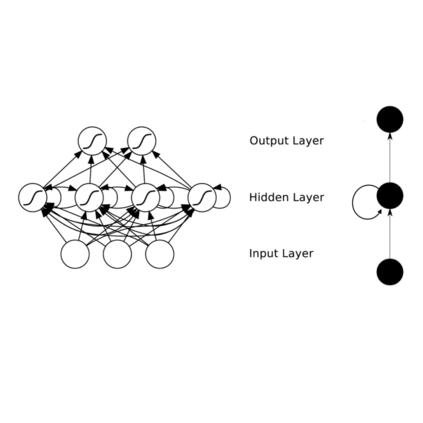Global horizontal irradiance (GHI) plays a vital role in estimating solar energy resources, which are used to generate sustainable green energy. In order to estimate GHI with high spatial resolution, a quantitative irradiance estimation network, named QIENet, is proposed. Specifically, the temporal and spatial characteristics of remote sensing data of the satellite Himawari-8 are extracted and fused by recurrent neural network (RNN) and convolution operation, respectively. Not only remote sensing data, but also GHI-related time information (hour, day, and month) and geographical information (altitude, longitude, and latitude), are used as the inputs of QIENet. The satellite spectral channels B07 and B11 - B15 and time are recommended as model inputs for QIENet according to the spatial distributions of annual solar energy. Meanwhile, QIENet is able to capture the impact of various clouds on hourly GHI estimates. More importantly, QIENet does not overestimate ground observations and can also reduce RMSE by 27.51%/18.00%, increase R2 by 20.17%/9.42%, and increase r by 8.69%/3.54% compared with ERA5/NSRDB. Furthermore, QIENet is capable of providing a high-fidelity hourly GHI database with spatial resolution 0.02{\deg} * 0.02{\deg}(approximately 2km * 2km) for many applied energy fields.
翻译:暂无翻译





